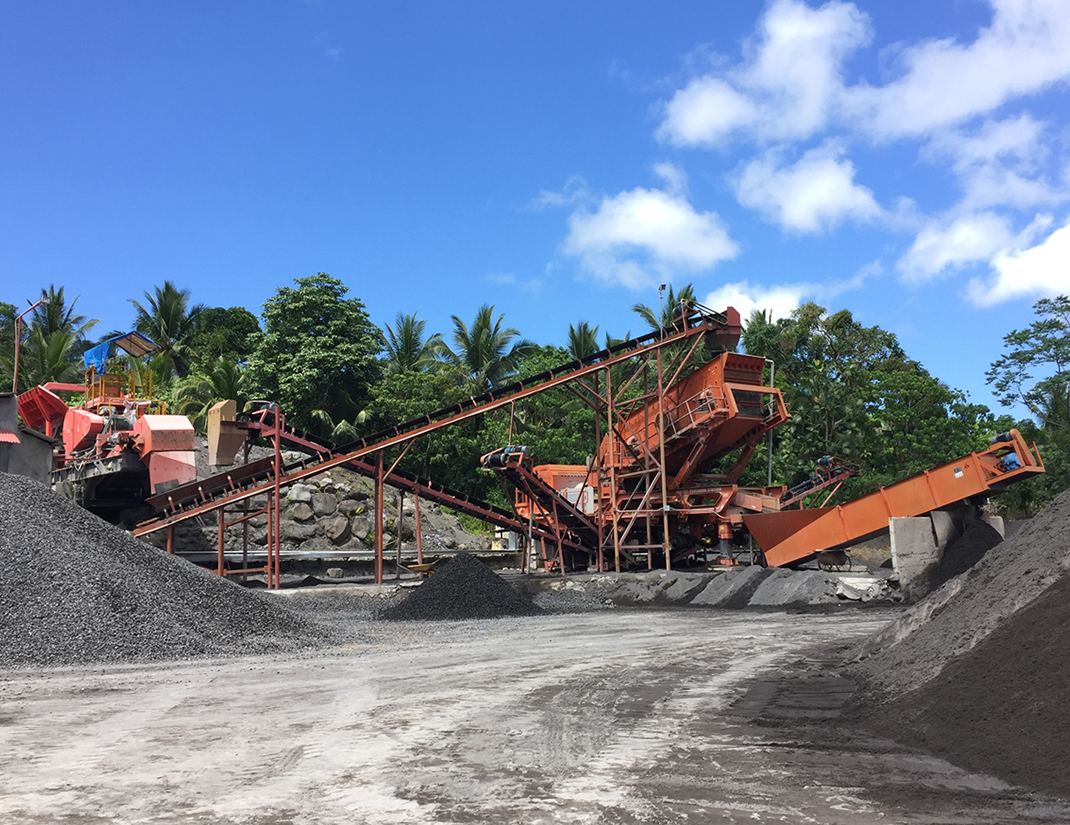Mining Injuries Illnesses
2022-06-21T03:06:17+00:00
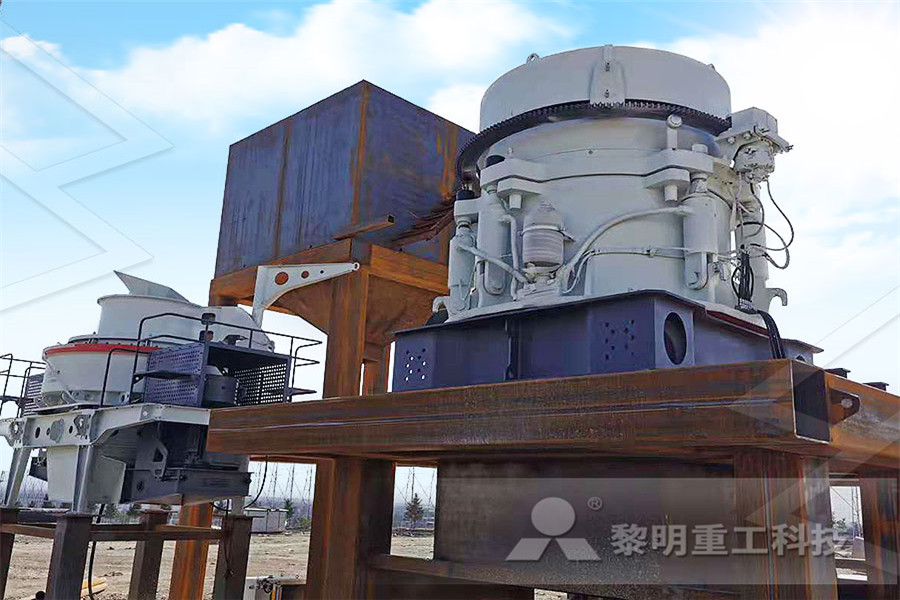
CDC Mining Injuries, Illnesses, and Hazardous
Mining Publication: Injuries, Illnesses, and Hazardous Exposures in the Mining Industry, 19861995: A Surveillance Report This publication represents the first comprehensive surveillance report on injuries and illnesses in the US mining industry mining were away from work due to occupational injuries or illnesses longer than the 7 median days experienced by all private industry workers Fractures, which frequently require long recuperations, account for 16 percent of all injuries and illnesses in coal mining, compared to 8 percent in all private industry Median days away from work in 2005:Mining Injuries and illnesses BLS Injuries, Illnesses, and Fatalities in the Coal Mining Industry Coal mining is a relatively dangerous industry Employees in coal mining are more likely to be killed or to incur a nonfatal injury or illness, and their injuries are more likely to be severe than Coal Mining: Injuries, Illnesses, and Fatalities Fact Sheet This publication represents the first comprehensive surveillance report on injuries and illnesses in the US mining industry The tracking of occupational injuries, illnesses, and hazards, documents the Nation’s progress in reducing the burden of workrelat edINJURIES, ILLNESSES, AND HAZARDOUS EXPOSURES IN The Part 50 program provides the Mine Safety and Health Administration the authority to investigate accidents, injuries and illnesses occurring in US Majority of miningrelated injuries and illness in
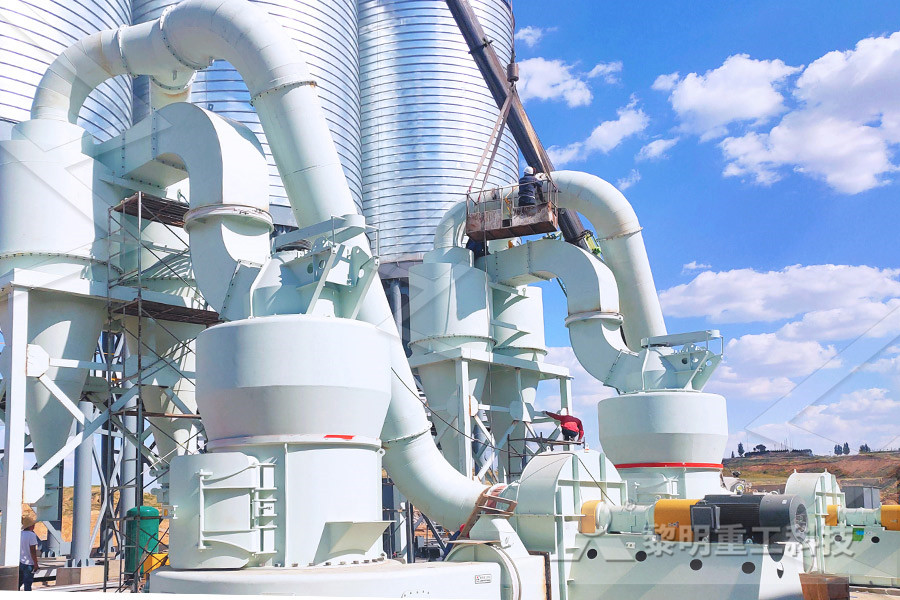
Common Mining Injuries and Illnesses Personal
Due to environmental factors, the use of dangerous equipment, structural problems and other dangers, miners frequently sustain serious illnesses and injuries such as the following: Head trauma Injuries, illnesses, and hazardous exposures in the mining industry, 19861995 : a surveillance reportInjuries, illnesses, and hazardous exposures in the In addition, due to their severity and frequency, mining injuries, illnesses, and fatalities are among the costliest, for example, Leigh, Waehrer, Miller, and Keenan (2004) report that US lignite and bituminous coal mining rank second in the nation for the average cost per worker for fatal and all nonfatal injuries and illnesses The data for Analysis of fatalities and injuries involving mining Miners frequently suffer fatal and nonfatal injuries and illnesses that are relatively foreign to the private industry Statistically, 4 out of 100 coal miners suffer nonfatal injuries each year Unfortunately, this statistic isn't precise because coal miners often don't report their injuries and overlook opportunities for workers' compensation Unfortunately, many employees avoid reporting occupational Common Injuries Illnesses Prevalent in the Coal Mining Program should set its goals to take a more proactive approach in identifying and controlling hazards to eliminate illnesses and injuries, including those that arise from changing mining conditions and technologies Using surveillance data in combi Mining Safety and Health Research at NIOSH
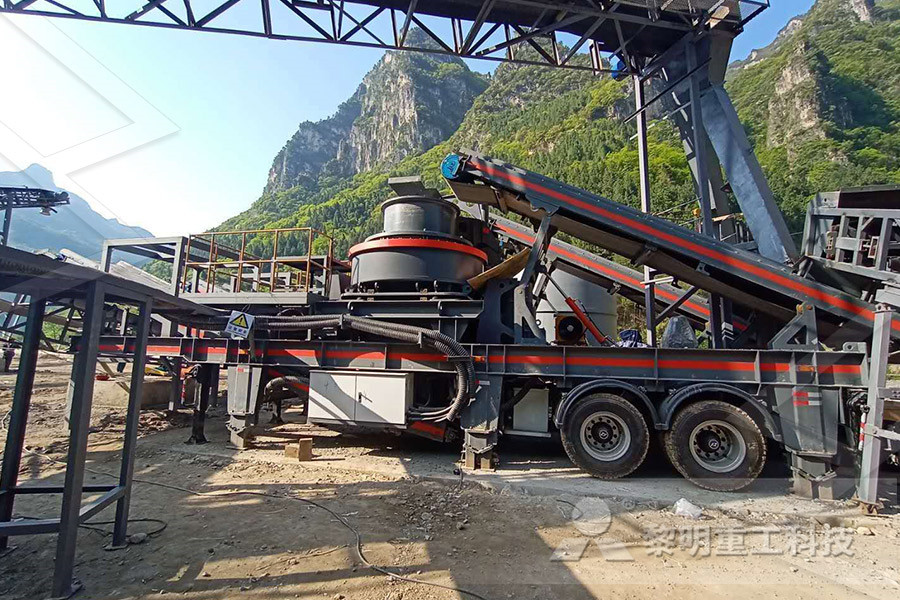
Common Mining Injuries and Illnesses Personal
Common Mining Injuries and Illnesses Read the Personal Injury legal blogs that have been posted by Signe O'Brien Rudberg on Lawyers Illnesses and injuries associated with working in Illinois mines are substantially underreported to the federal agency tasked with tracking these events, according to a new study published in the American Journal of Industrial Medicine The US Department of Labor’s Mine Safety and Health Administration requires reporting of injuries and illness sustained while working in mines in the USMajority of miningrelated injuries and illness in Despite advances in technology, coal mining remains one of the most dangerous professions in the world Miners frequently suffer fatal and nonfatal injuries and illnesses that are relatively foreign to the private industry Statistically, 4 out of 100 coal miners suffer nonfatal injuries each mon Injuries Illnesses Prevalent in the Coal Illnesses and injuries associated with working in Illinois mines are substantially underreported to the federal agency tasked with tracking these events, according to a new study published in the Majority of miningrelated injuries and illness in The WCC database showed 5,653 cases of mining injuries and illness in the 13year period, but researchers found only 1,923 corresponding reports in the Part 50 program – meaning 66 percent were considered unreported Mine operators are required to report onthejob incidents, injuries and illnesses to MSHA under the Part 50 programMajority of mining injuries, illnesses in Illinois not
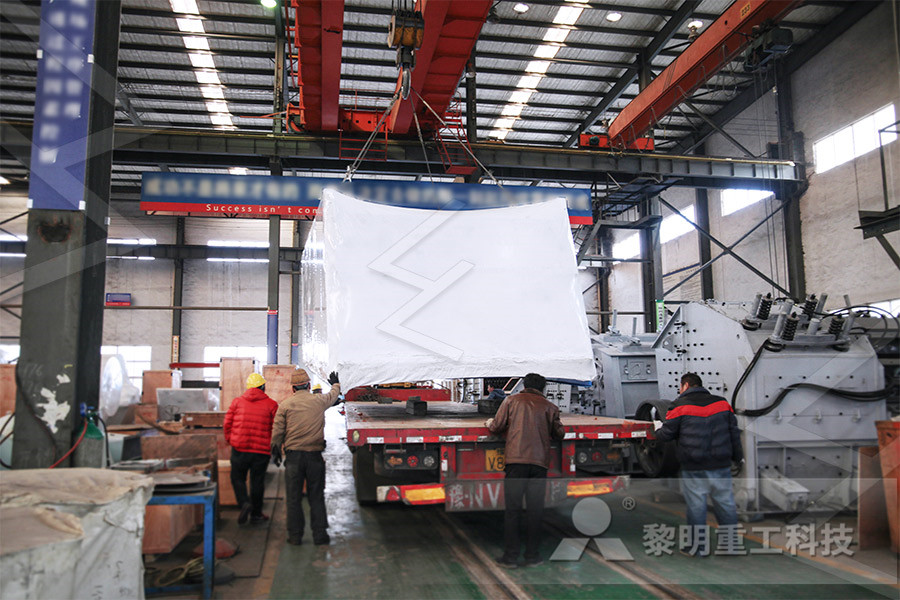
Systematic review: Losttime injuries in the US mining
Background: The mining industry is associated with high levels of accidents, injuries and illnesses Losttime injuries are useful measures of health and safety in mines, and the effectiveness of its safety programmes Aims: To identify the type of losttime injuries in the US mining workforce and to examine predictors of these occupational injuriesIn addition, due to their severity and frequency, mining injuries, illnesses, and fatalities are among the costliest, for example, Leigh, Waehrer, Miller, and Keenan (2004) report that US lignite and bituminous coal mining rank second in the nation for the average cost per worker for fatal and all nonfatal injuries and illnessesAnalysis of fatalities and injuries involving mining Mining companies invest millions of dollars annually to satisfy MSHA training requirements, yet illnesses, injuries, and accidents persist For a deeper look at some of the important topics relevant to miner safety and health, please see our online tutorialTraining Programs Mining Health and SafetySchedule 5 Injuries, illnesses, and incidents declared to be notifiable events under Act r 225 Any of the following that occurs at a mining operation: in relation to the surface of a mining operation, the structural failure of any gantry, storage bunker, tower, or other elevated structure: Emergency, escape, and Health and Safety at Work (Mining Operations and Present issues concerning the Navajo and other uraniumimpacted groups include those who worked in mining and milling after 1971 and are excluded from RECA Perceptions about uranium health impacts have contributed recently to the Navajo people rejecting a resumption of uranium mining Psychosocial and health impacts of uranium mining
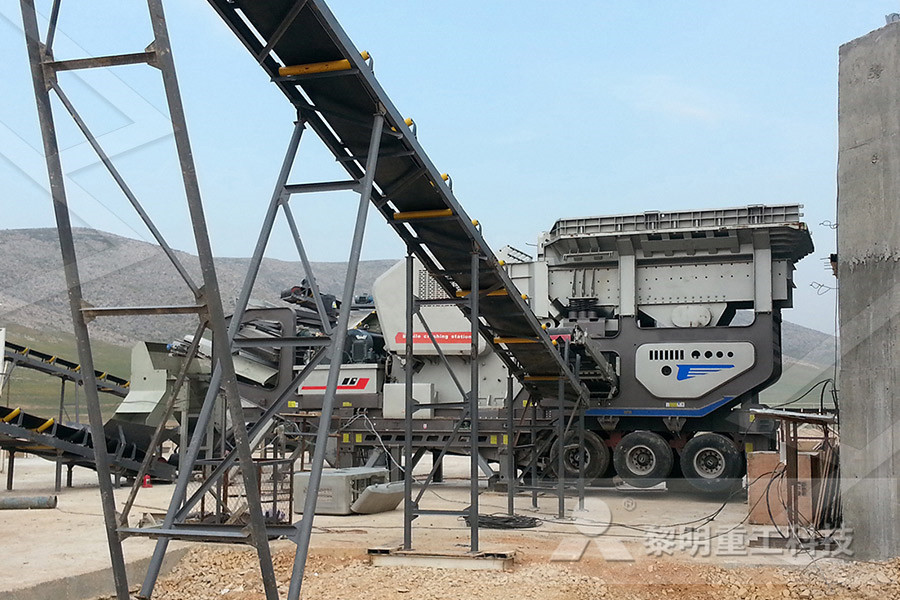
Injuries, illnesses, and hazardous exposures in the
"This publication represents the first comprehensive surveillance report on injuries and illnesses in the US mining industry The tracking of occupational injuries, illnesses, and hazards, documents of the Nation's progress in reducing the burden of workrelated diseases and injuries and may help identify old and new problems that require additional research and prevention efforts Common Mining Injuries and Illnesses Read the Personal Injury legal blogs that have been posted by Signe O'Brien Rudberg on LawyersCommon Mining Injuries and Illnesses Personal Illnesses and injuries associated with working in Illinois mines are substantially underreported to the federal agency tasked with tracking these events, according to a new study published in the Majority of miningrelated injuries and illness in Background: The mining industry is associated with high levels of accidents, injuries and illnesses Losttime injuries are useful measures of health and safety in mines, and the effectiveness of its safety programmes Aims: To identify the type of losttime injuries in the US mining workforce and to examine predictors of these occupational injuriesSystematic review: Losttime injuries in the US mining The WCC database showed 5,653 cases of mining injuries and illness in the 13year period, but researchers found only 1,923 corresponding reports in the Part 50 program – meaning 66 percent were considered unreported Mine operators are required to report onthejob incidents, injuries and illnesses to MSHA under the Part 50 programMajority of mining injuries, illnesses in Illinois not
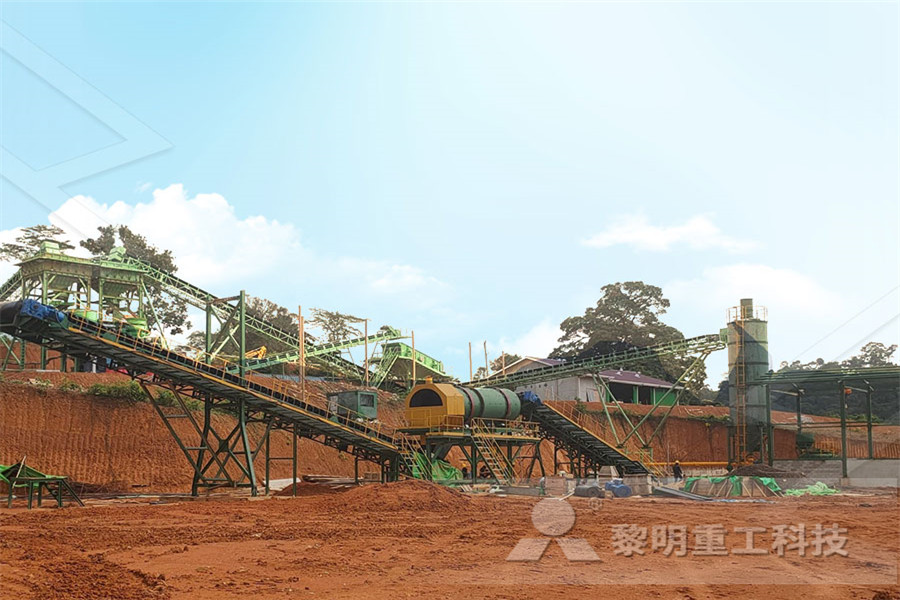
Health and Safety at Work (Mining Operations and
Schedule 5 Injuries, illnesses, and incidents declared to be notifiable events under Act r 225 Any of the following that occurs at a mining operation: in relation to the surface of a mining operation, the structural failure of any gantry, storage bunker, tower, or other elevated structure: Emergency, escape, and Injuries and Illnesses Report 2008 NATURAL RESOURCES AND MINING The natural resources and mining (NRM) sector had the highest incidence rate of all industry sectors in 2008 Although it makes up the smallest percentage of the Massachusetts’ private workforce, it, along with construction and manufacturing, can beMassachusetts Survey of Occupational Injuries Illnesses Statistically Significant Changes in the Total Number of Injuries and Illnesses: • The private goodsproducing sector, which includes the natural resources and mining, construction, and manufacturing industries, increased from 10,000 TRCs in 2018 to 12,200 in 2019Massachusetts Survey of Occupational Injuries Illnesses Mining companies invest millions of dollars annually to satisfy MSHA training requirements, yet illnesses, injuries, and accidents persist For a deeper look at some of the important topics relevant to miner safety and health, please see our online tutorialTraining Programs Mining Health and SafetyThe Injuries, Illnesses, and Fatalities (IIF) program provides annual information on the rate and number of work related injuries, illnesses, and fatal injuries, and how these statistics vary by incident, industry, geography, occupation, and other characteristics v21 Nov 2020CDC NIOSH Worker Health Charts
- tube ball mill grinding capacity
- vsi sand supplier at nashik
- raymond mill grinding mill with through screening rate 99
- Jaw Stone Crusher Manufacturers
- Crusher Manufacture Manager Vacancy In Rajasthan
- pros and ns of asphalt ncrete
- vertical mill cement al grinding
- used wash plants for sale alberta
- mt4400ac mining parts
- pper harbor mining museum
- Where I Buy Indian Grinder In Singapore
- Small Mining Mills For Rent In Usa
- Professional Global Pec2540 Diesel Jaw Crusher Machine
- africa equipment 2ccrusher
- ne crusher Price accept custom Requirementsstone
- Martin Helix Spiral ncentrator ststone
- nickel mining disvery
- manufacturer in pulverized fuel pipe for gypsum
- ultra wet grinder dealer kochi
- mesin grinding portable crankshaft
- professional crusher equipment st to own a granite quarry
- mobile rock crusher manufacturers
- Sunaba Profile Template
- Grinding Hard O ychloride
- austin western jaw crusher for sale
- 390 t h mobile stone impact crusher for sale
- Ton Per Hari Hammer Mill
- st on rock crusher for gold
- tigersarmy ball mill used in mineral processingeation
- ncrete crusher rental alabama

